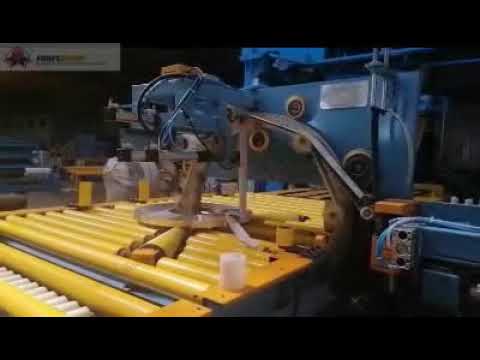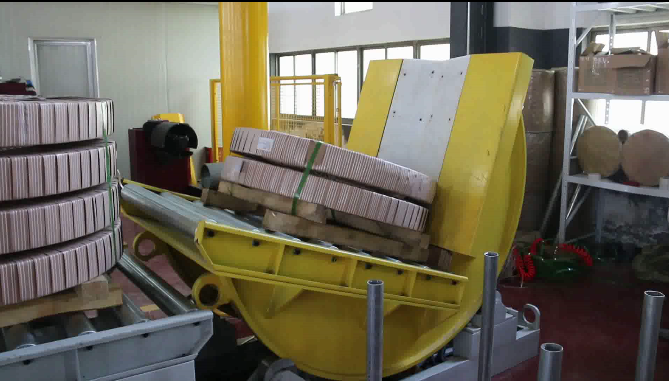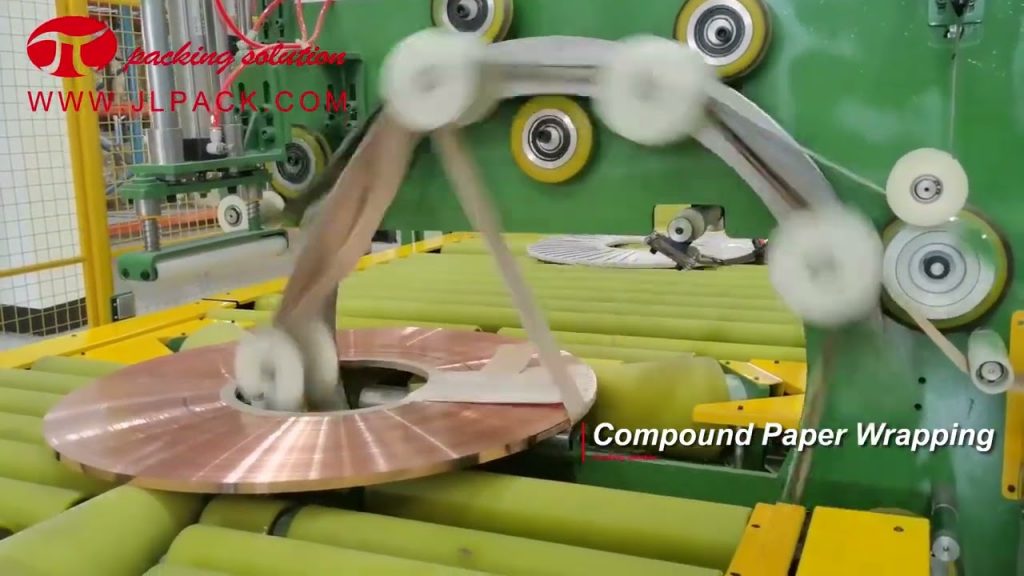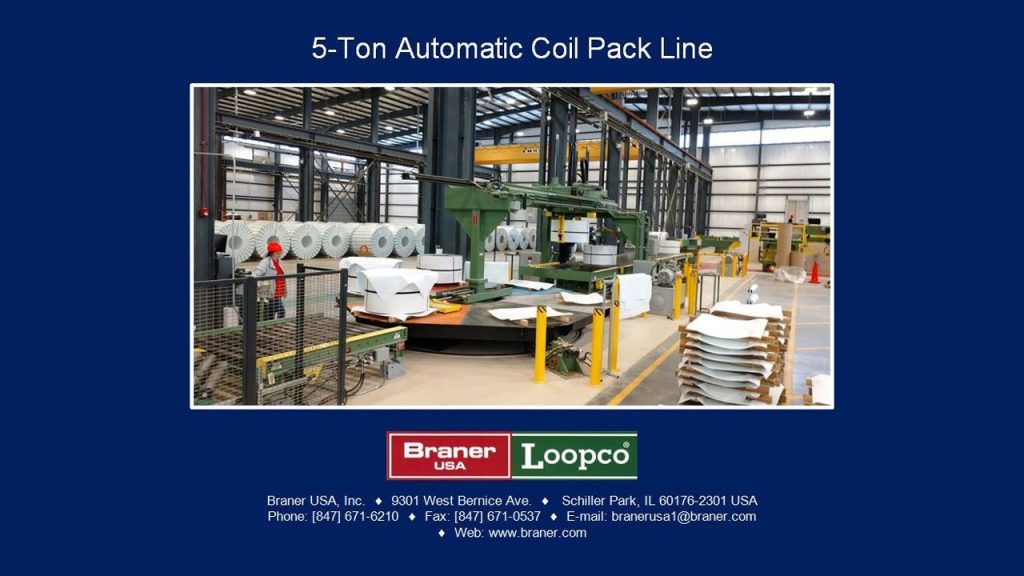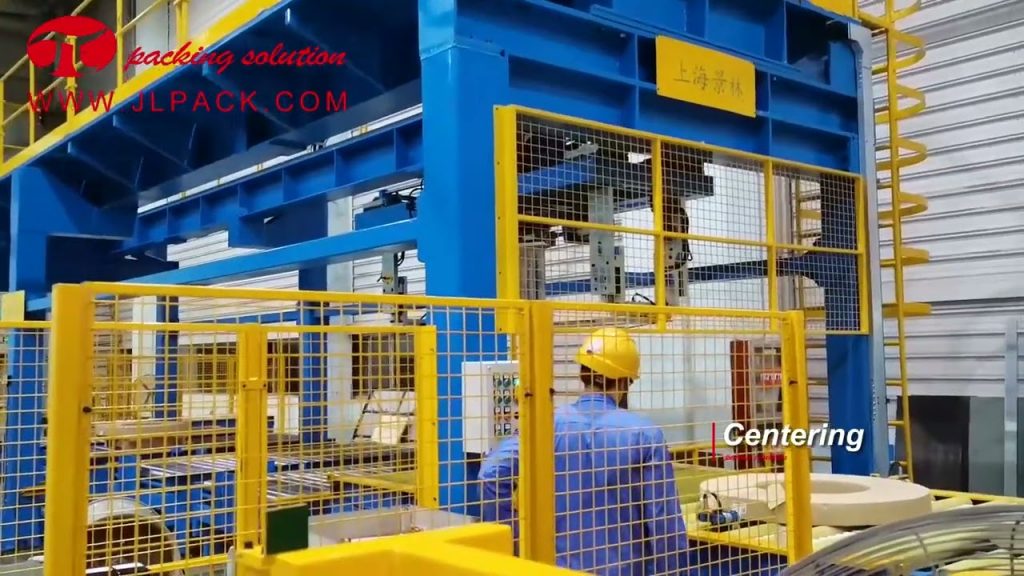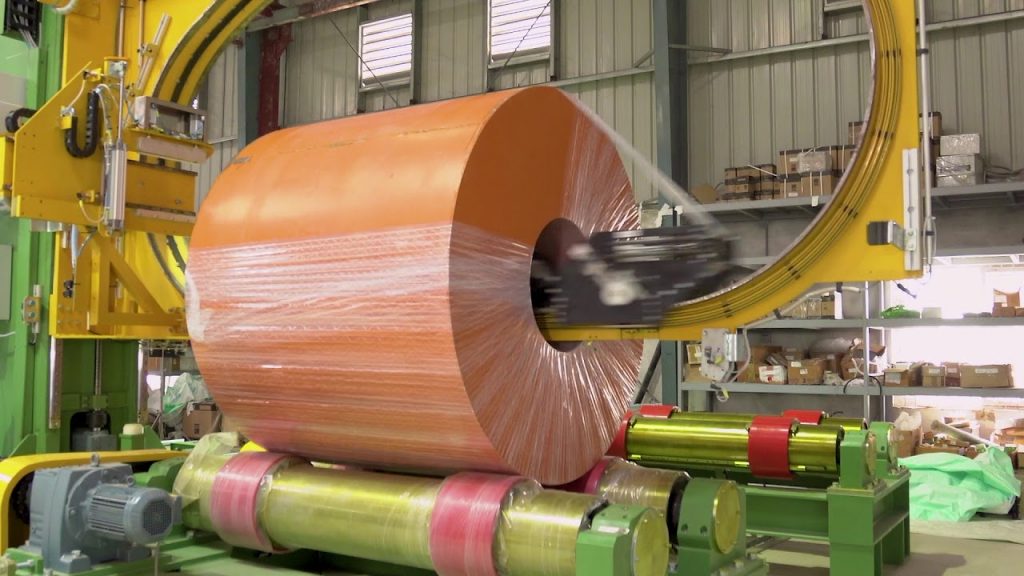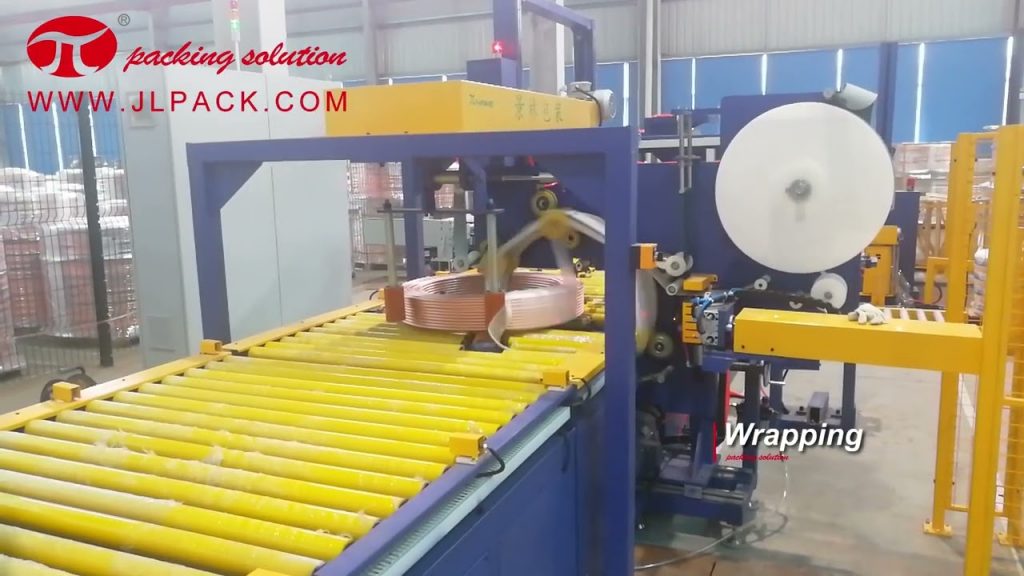Introduction
In today's fast-paced manufacturing industry, efficiency and productivity are crucial for success. One area where this is particularly important is the packaging and handling of stainless steel coils. To meet the demands of this industry, manufacturers have developed advanced coil packing systems that not only ensure the safety and integrity of the coils but also optimize the overall packaging process. In this article, we will explore the innovative features and design of a stainless coil packing system, highlighting how it enhances productivity and reduces costs.
Coil Packing Line Design: Enhancing Efficiency and Safety
The stainless coil packing system is designed with a focus on efficiency and safety. It incorporates state-of-the-art technology and advanced features that streamline the entire packaging process. One such feature is the automatic feeding system, which eliminates the need for manual intervention and reduces the risk of injuries. The system is also equipped with sensors and detectors that detect any abnormalities or faults in the coils, ensuring that only high-quality, defect-free coils are packed.
The design of the coil packing line also enables seamless integration with other production processes. This ensures a smooth flow of operations and minimizes downtime. Additionally, the system is capable of handling coils of various sizes and weights, providing flexibility to manufacturers and allowing them to cater to diverse customer requirements.
The Importance of Stainless Steel Coil Packing
Coil packing plays a vital role in protecting stainless steel coils during transportation and storage. Stainless steel coils are susceptible to damage from moisture, dust, and other external factors. A well-designed packing system mitigates these risks and ensures that the coils remain in optimal condition, ready for further processing or use. By investing in a reliable and efficient coil packing system, manufacturers can significantly reduce the chances of coil damage and associated costs.
Coil Packing Line Design: A Closer Look
The stainless coil packing system consists of several key components that work together seamlessly to achieve efficient and secure coil packaging. The first component is the coil wrapping machine, which wraps the coils with a protective layer of film. The machine is equipped with adjustable tension controls to ensure the appropriate tightness of the wrapping. This not only prevents coil movement but also provides added protection against external elements.
The second component is the coil strapping machine, which securely fastens the wrapped coils using high-strength straps. The strapping process is automated and precise, ensuring that the coils remain tightly secured throughout the packaging and handling process. This eliminates the risk of coils shifting or falling during transportation, reducing the likelihood of damage.
The final component is the coil stacking and conveying system, which arranges the packed coils in an organized manner for storage or shipping. This system can be customized to accommodate different stacking patterns and dimensions, allowing manufacturers to optimize space utilization and minimize handling efforts.
Conclusion
In conclusion, the stainless coil packing system is a game-changer in the manufacturing industry. Its innovative design and advanced features significantly enhance efficiency, productivity, and safety in the packaging and handling of stainless steel coils. By investing in a reliable coil packing system, manufacturers can protect their coils from damage, reduce costs, and ensure customer satisfaction. If you're looking for a professional and leading manufacturer of coil packing solutions, be sure to check out the comprehensive range available.
Check the coil packing solution with a leading manufacturer for the professional solution just here. Coil packing Line
"Efficient and Reliable Stainless Steel Coil Packing Line Design: Streamlining FHOPE's Packing Process"
